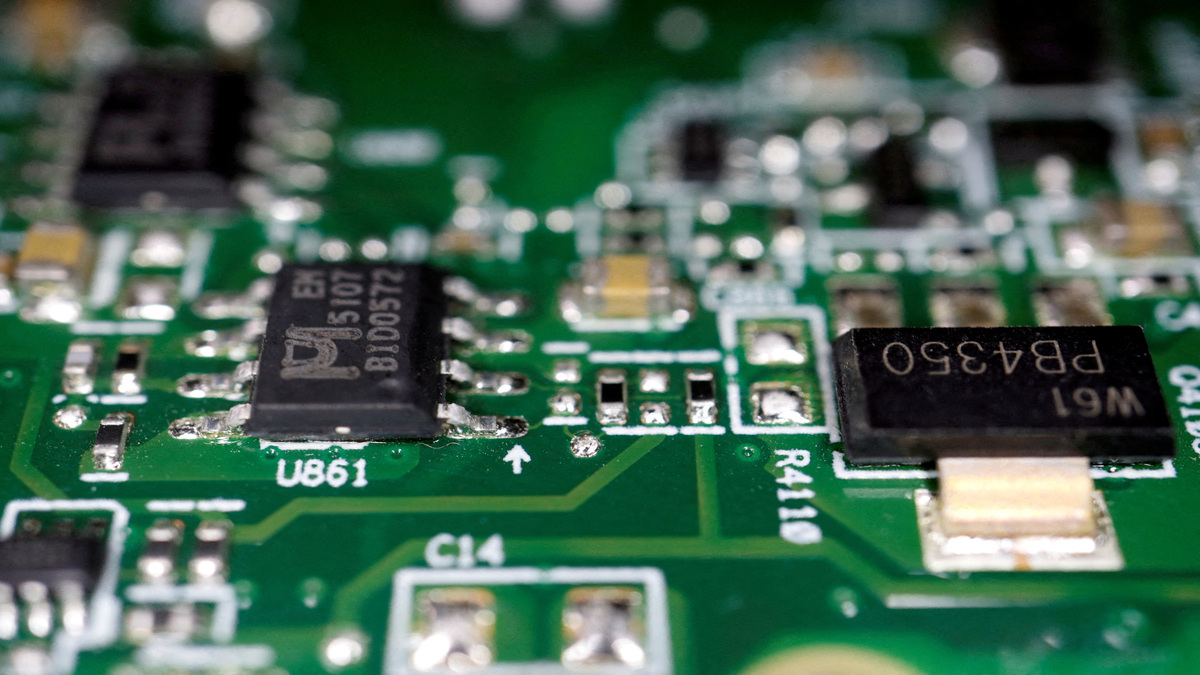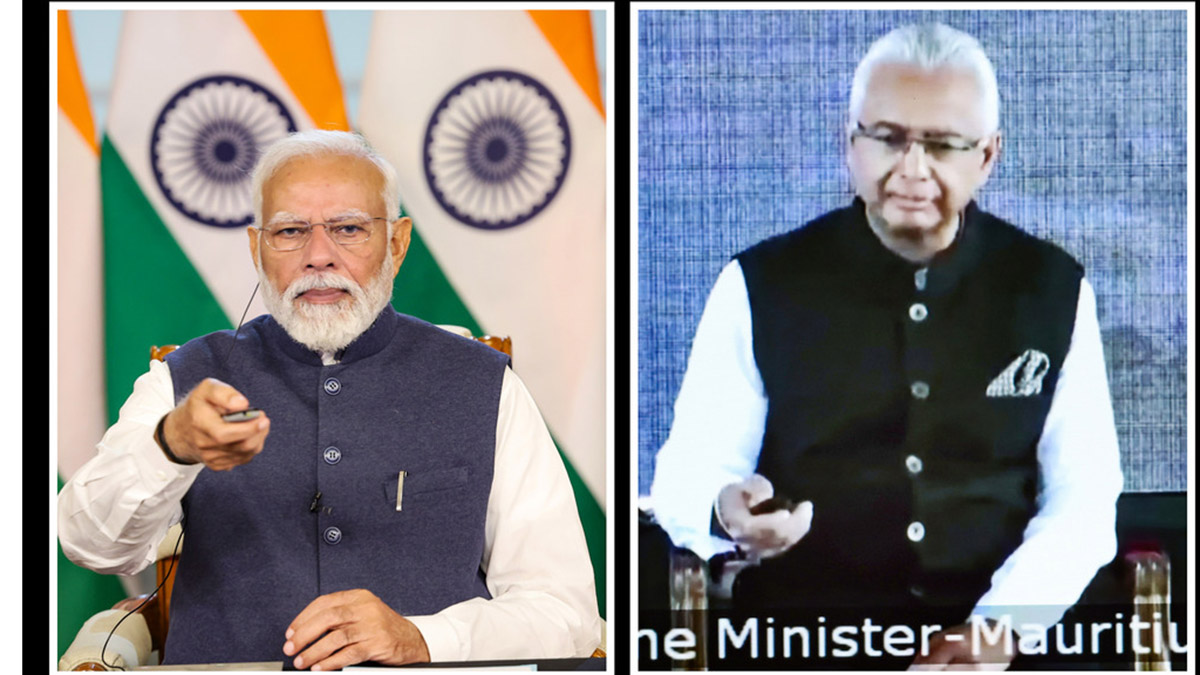Communal conflict is no longer about grand Rathayatras or mosque demolitions. It’s about rumours. It’s about small, almost trivial incidents of muscle-flexing usually centered around some place of worship or religious tradition. It’s about taking something that has been tradition for years and suddenly deciding to change the playing field and give it a communal focus.
In Bawana – where tensions had been high since Eid and rumours of Muslims stealing Hindu cattle had started circulating – the ostensible reason for tension was the route of a Muharram procession. The procession has been taken out without incident for a decade. But this year there was a Mahapanchayat to throw down the gauntlet.
Whether this sudden mahapanchayat activity has anything to do with the upcoming Delhi Assembly elections or not, it sounds suspiciously similar to the findings of the Indian Express investigation into some 600 communal incidents in Uttar Pradesh. The Express concluded that a low-intensity stirring of the communal pot before the state elections helped consolidate votes and fire up the electorate.
The UP strategy was regarded as a Machiavellian masterstroke by Amit Shah to position the BJP as the Dalit champion and break up longstanding electoral loyalties. It certainly caught both the Samajwadi Party and the Bahujan Samaj Party on the backfoot as they struggled to hold onto groups they had taken for granted.
Now it seems that the Shah playbook has migrated outwards to Bawana. Whether the ploy is to make an issue out of the volume of a loudspeaker or the route of a taziya procession, the aim is the same. But there is one major difference between Bawana and the incidents analysed by Indian Express. Bawana is not some remote dusty hard-to-reach village well outside the media limelight. Like Trilokpuri, it’s in the capital city.
This is a unusual for as the Express notes, “The second significant — and new — aspect of the ongoing phase of communal tensions in UP is the intensity and spread of the violence in areas that are completely or predominantly rural."
It’s one thing to take advantage of the remoteness of a village in the hinterlands of UP to stoke mischief with an eye on votes. It’s another thing to do it in the capital city itself. Even a small incident in a metro city gets blown up and hyper-reported and the narrative is harder to control. It is especially dangerous to do it in Delhi.
Reports indicate that the BJP wants to fight the upcoming elections under Narendra Modi’s name instead of projecting anyone as their chief minister candidate. Modi’s charisma is undeniable. It’s yielded rich dividends in Maharashtra and Haryana. But the knife cuts both ways. Delhi, in its current state of limbo, without a CM, is effectively under central rule. Communal disturbances in the capital under his own watch within six months of taking office should be the last thing Narendra Modi wants on his plate.
BJP MLA Gugan Singh said if the taziya procession was carried out “the administration would be responsible for the violence that will ensue.” He seems unaware, or uncaring, of the fact that to the aam aadmi in Delhi, the Modi government is part of the “administration”.
Worse, when asked why the Muharram procession was suddenly a problem after ten years, Singh said : “We have always opposed it but the previous government never paid heed to our complaints.” The implication is clear – our people are in charge now and we can flex our muscles and settle old scores.
Singh sees the Muharram procession as Muslims flexing their muscles and he wants to show them who is boss. “They (Muslims) use this occasion as show of strength. They wield sword and play with fire and raise slogans, which disturbs us. They do not have any right to disturb us. We do not have any objection if they do this hooliganism in their own area, but we won’t tolerate it in our locality,” he told Firstpost .
The common refrain in these altercations is always that mosques use loudspeakers for the azaan everyday while the Shiv katha readings or mata ki jagran are only for a few days of the year. But the point that’s missed here is that communities that live together have long figured out ways to accommodate each other’s festivals and rituals, and what these incidents do is try and upend those informal traditional arrangements by inflexible ultimatums to create a new status quo. In this case the Muharram route had anyway been changed say Muslim leaders. But it was never really about that. As Dheeraj, a hardware shopowner in Bawana tells Firstpost everyone knows its aim is “to polarise communities and heighten communal tensions in the run up to possible Delhi assembly polls in the near future.”
The last thing Modi needs is for his presence in 7 Race Course Road to be seen as encouragement for rank-and-file BJP members to throw their weight around on the Delhi streets. It’s not fair to lay every loudmouth MLA’s utterances at the Prime Minister’s door. But fair or not, the buck stops there. And sometimes the silence of party bosses emboldens the rabble rouser.
Have governments pandered to different minority groups for votes? Absolutely. Does the flare-up in Bawana compare to the horrific example of intolerance in Pakistan where a Muslim mob allegedly beat a Christian couple to death and burned them in a brick kiln? Absolutely not. But that’s hardly a low we need to set as a bar for comparison.
The Modi government has tried to create a brand for itself as a no-nonsense strong government that is all about development and efficiency. As Lokesh Chandra, the new head of ICCR tells Indian Express “(F)or Modi, politics is only till the elections. After the polls, he is only thinking of the country.” That image can get a real dent if there are riots under its nose in the capital. It does not have to be 1984 all over again but for Narendra Modi even a half-riot in Delhi can be a half-riot too many.
)
)
)
)
)